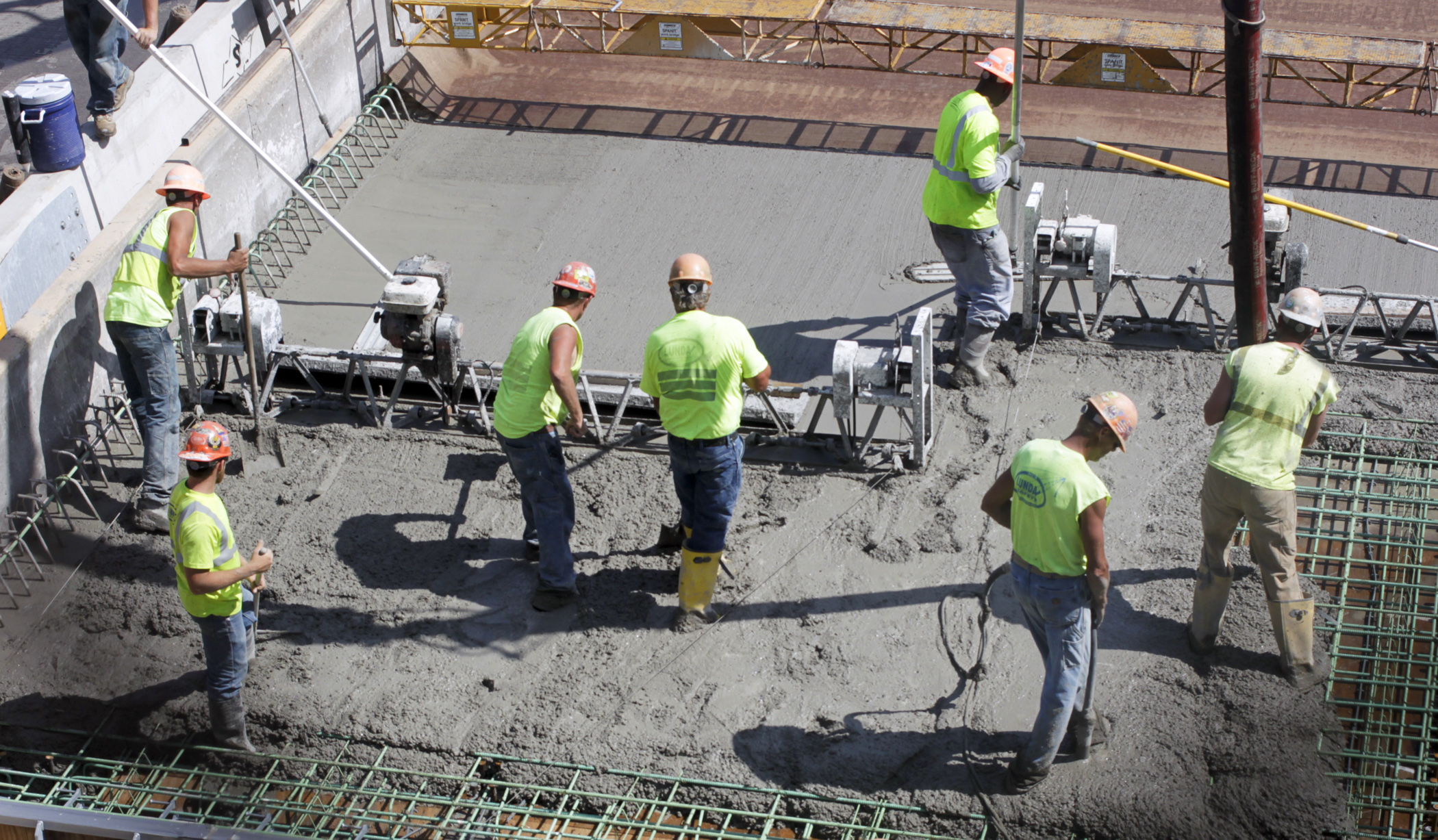Hearing focuses on bringing more equity to bonding projects

When such civic projects as roads, bridges and transit plans are presented to communities around the state, how residents receive them may be different if they’re from a community of color.
While those proposing a project may think in terms it being for the residents, some listeners may hear it as being done to them, their mistrust inspired by historical patterns.
So said testifiers at Thursday’s meeting of the House Capital Investment Committee. The subject was “What could equity investments in capital projects look like?” Members were told that the key element to bridging this perceptual divide is having the affected communities feel that the project is being done with them.
Presentations were offered about how communities of color commonly participate in civic discussions and don’t, with perspectives offered from both cities and small towns. Haunting part of the meeting were 1934 maps of a federally sponsored agency’s “redlining” process, which deemed housing in neighborhoods with people of color to be a credit risk. Some of those neighborhoods were later bisected by interstate freeways, while some have concentrated poverty today.
C. Terrence Anderson, director of community-based research programs at the University of Minnesota’s Center for Urban and Regional Affairs, said this has contributed to a mistrust of government-supported projects in neighborhoods of color. He suggested that gaining the trust of residents and having them feel more like collaborators on capital projects was key, something echoed by representatives from Voices for Racial Justice.
But engendering conversations around development and infrastructure with communities of color is not just an urban issue. Argie Manolis, director of community engagement and learning at the University of Minnesota-Morris’ Center for Small Towns, said it’s also very important in rural communities.
“Almost all rural areas experiencing growth are doing so because of a growth in people of color,” she said, “many of them being new immigrants.”
Manolis presented statistics that show 4 of 10 Latinx people in Minnesota live in rural areas, and 117 different languages are spoken among 15,000 families with school-aged children in rural Minnesota.
She recommended increased investment in translation and interpretation services and English as a Second Language classes aimed at encouraging participation in public life and helping build coalitions to put proposals together.
Rep. Dean Urdahl (R-Grove City) asked what kind of projects would best address areas of need for communities of color.
“Housing is a really big one, transportation another,” Anderson said. “I’d love to talk about transit projects in both urban and rural. And environmental projects that deal with air and water quality.”
For rural areas, Manolis said her discussions with residents of color on potential projects commonly focus upon drinking and wastewater systems, rural roads and outdoor recreation. “Soccer fields were cited in nearly every conversation,” she said.
Rep. Greg Davids (R-Preston) objected to the focus of the hearing.
“All of this race stuff is divisive,” he said. “I hope this is the last of this.”
Rep. Fue Lee (DFL-Mpls), the committee chair, replied, “We’re going to make significant decisions and I think this needs to be part of the conversation.”
Related Articles
Search Session Daily
Advanced Search OptionsPriority Dailies
Speaker Emerita Melissa Hortman, husband killed in attack
By HPIS Staff House Speaker Emerita Melissa Hortman (DFL-Brooklyn Park) and her husband, Mark, were fatally shot in their home early Saturday morning.
Gov. Tim Walz announced the news dur...
House Speaker Emerita Melissa Hortman (DFL-Brooklyn Park) and her husband, Mark, were fatally shot in their home early Saturday morning.
Gov. Tim Walz announced the news dur...
Lawmakers deliver budget bills to governor's desk in one-day special session
By Mike Cook About that talk of needing all 21 hours left in a legislative day to complete a special session?
House members were more than up to the challenge Monday. Beginning at 10 a.m...
About that talk of needing all 21 hours left in a legislative day to complete a special session?
House members were more than up to the challenge Monday. Beginning at 10 a.m...